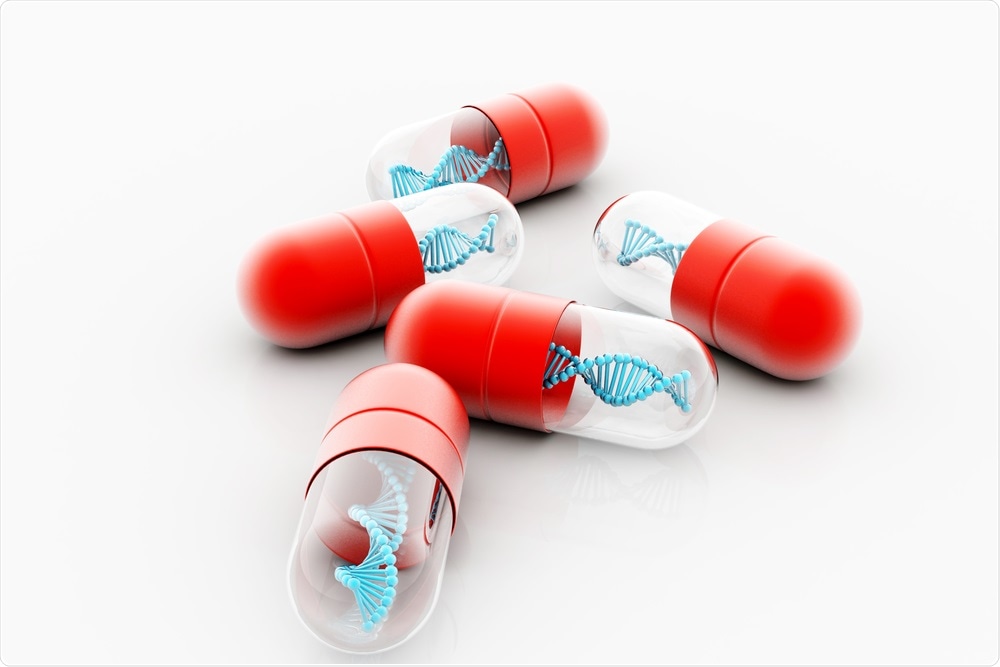
23andMe to predict risk of diabetes from genetic makeup
DNA testing company 23andMe will soon release a DNA test that can predict an individuals' risk of developing type 2 diabetes. The company wants the test to be available to all, despite concerns from experts.
 xsense | Shutterstock
xsense | ShutterstockThe motto of the company is “Everyone has a right to their genetic information.” The latest announcement was made this week at the SXSW festival in Austin.
This week, a spokesperson for the company said millions of users of 23andMe would receive information about their risk of developing type 2 diabetes. Risk would be determined by a polygenic score, which combines the associated risk from multiple genes that have been linked to diabetes.
23andMe explained that the test would look at 1,244 distinct locations in a person’s gene and then calculate the risk of getting diabetes. They speculate that 80 percent of the users would be able to asses if they have an average risk of diabetes while 20 percent would know if they are increasingly likely to get diabetes. Those at high risk would be given predictions such as “3 in 5 lifetime” risk of getting diabetes, says 23andMe.
Peter Kraft, an epidemiologist at Harvard University’s school of public health, said that he would be worried about such predictions being released to consumers, as there are still many unknowns in this field and thus, tests may not be accurate.
In 2013, the United States Government stopped a large number of tests by 23andMe including polygenic predictors because their accuracy could not be proved. One of these tests was that for type 2 diabetes. The report then had said that such predictions may lead to medical measures that may not be really necessary.
At present, says 23andMe diabetes predictions could be part of phone apps that are certified under “general wellness” and are not real medical advice or diagnoses. This means that they can escape stricter regulations.
Ali explained that for some individuals who appear healthy but actually are not underneath, this test may be of help. “If they don’t know anything about how their blood glucose levels are responding to food, they may have no idea of an underlying issue that could devolve into type 2 diabetes later on,” he said.






















.jpg)












No hay comentarios:
Publicar un comentario